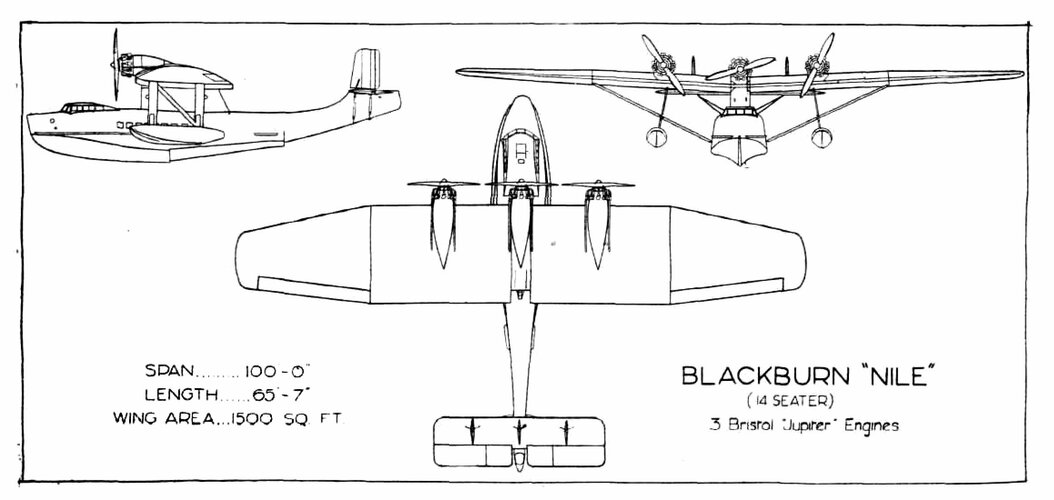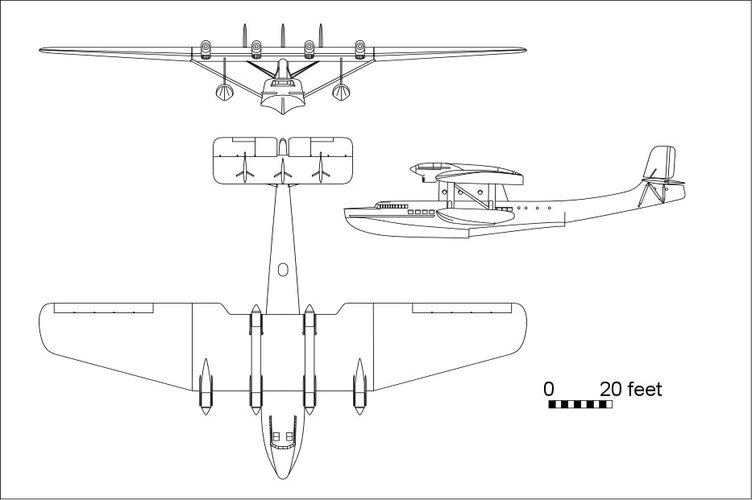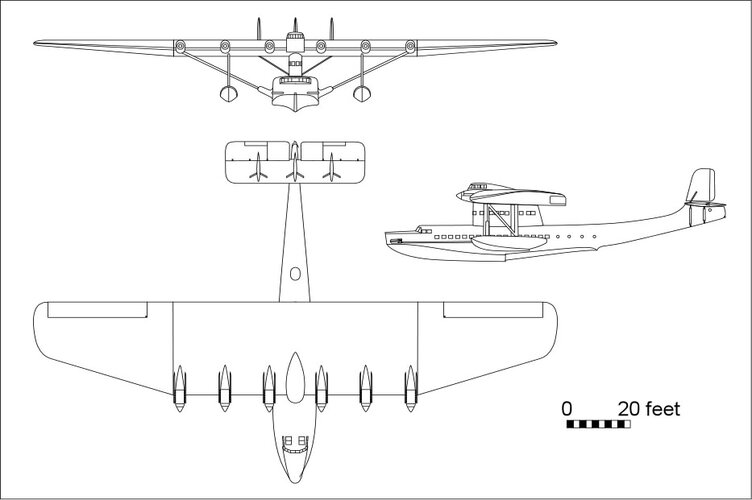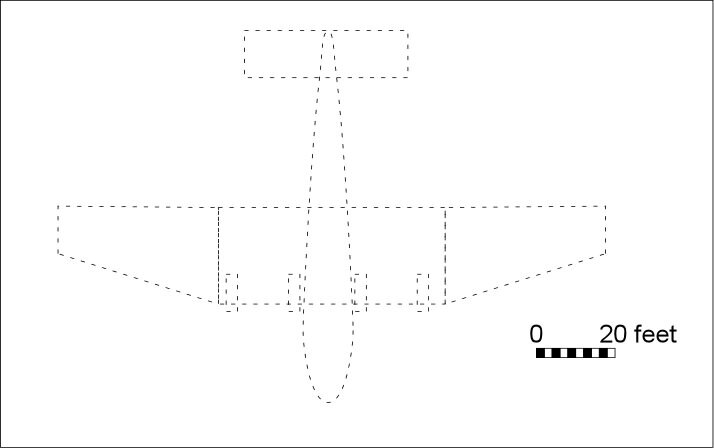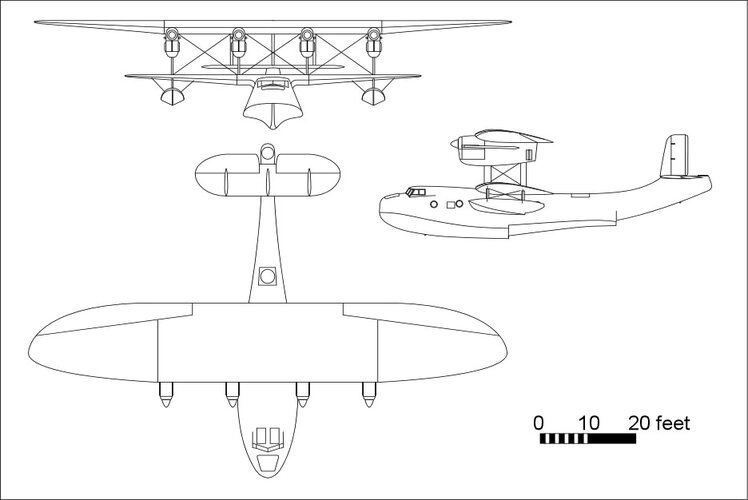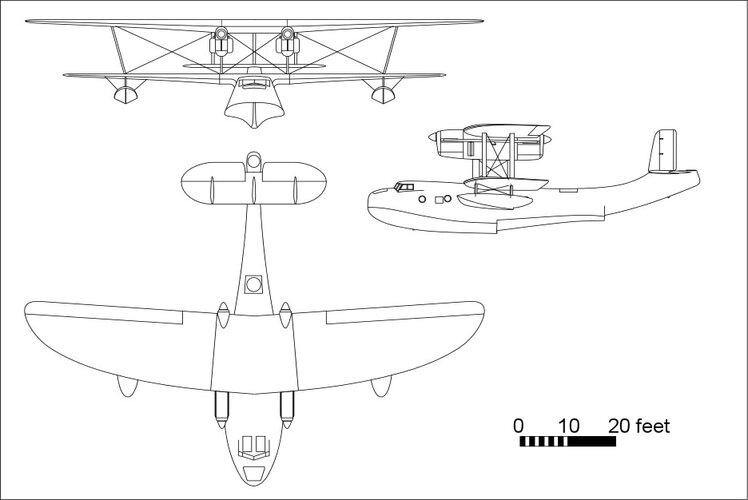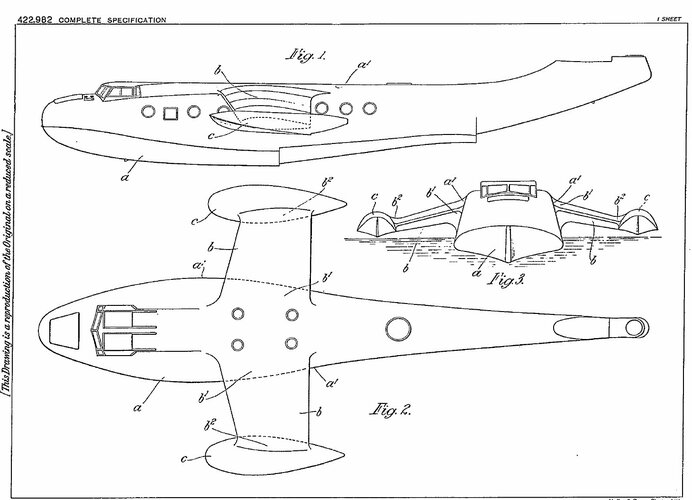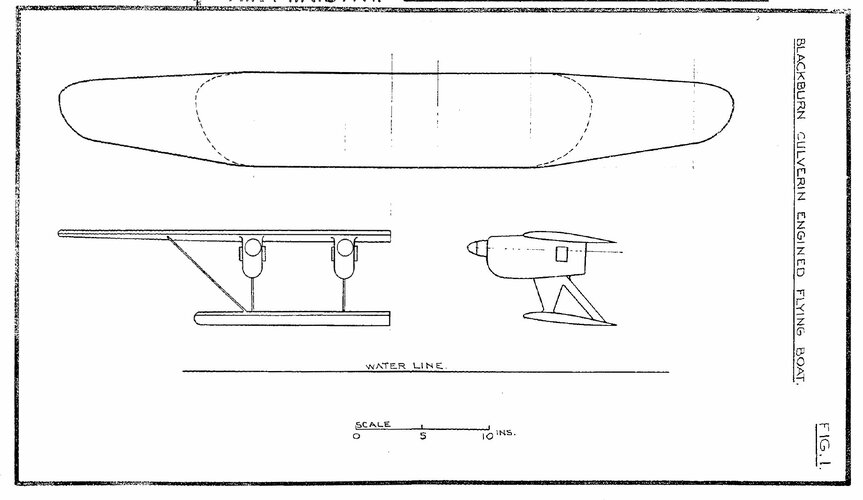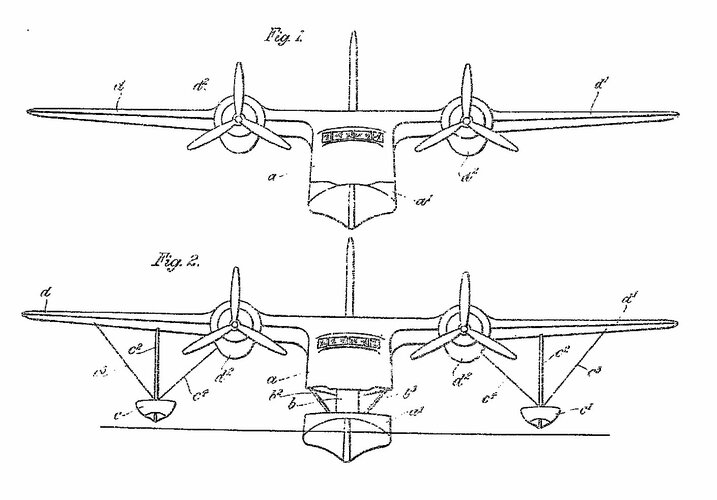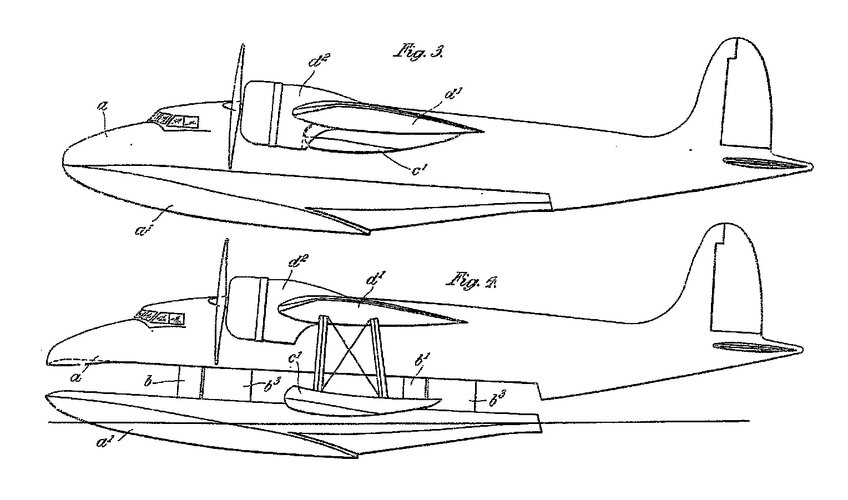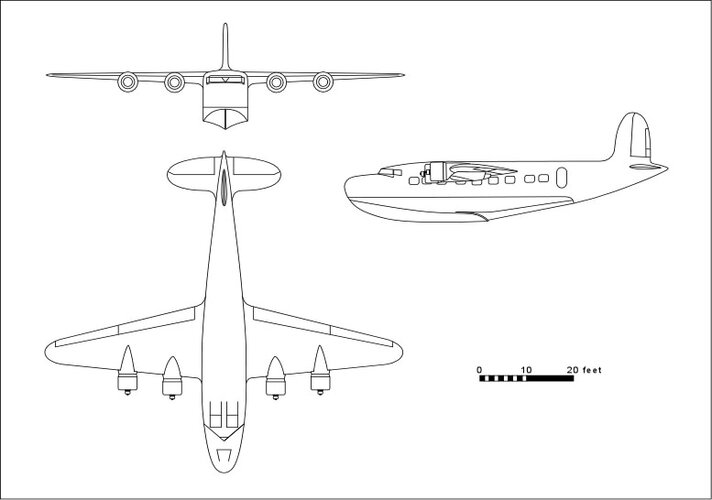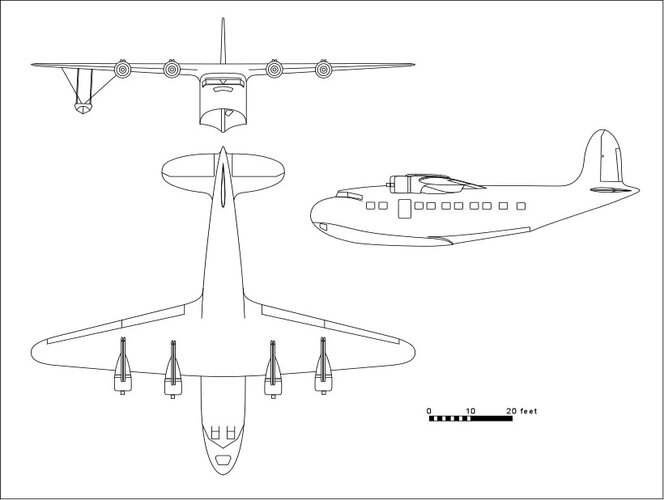- Joined
- 19 October 2012
- Messages
- 1,917
- Reaction score
- 1,766
Civil variants of the large Iris flying boat had failed to attract any orders, but with a contract secured to build the R.B.2 Sydney 3-engine reconnaissance flying boat for the Air Ministry Blackburn pushed ahead with the design and construction of a civil commercial derivative, the C.B.2E Nile for their airline venture in association with Alan Cobham. As noted in previous thread this was abandoned when Air Ministry approval and subsidies were not forthcoming. The project is well known and discussed elsewhere on this forum but is repeated here as it is the starting point for a small family or commercial flying boats of similar style. A version with sponsons in place of the usual wing floats was considered.

